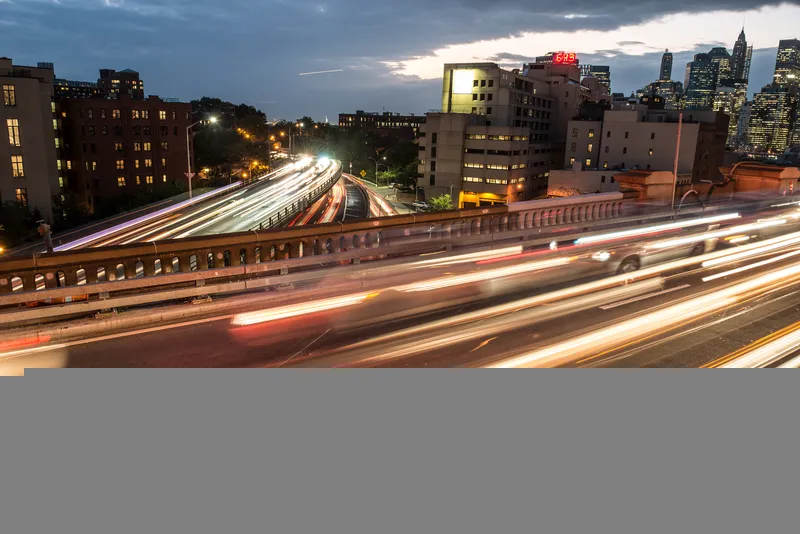Toyota is to equip all of their Toyota Land Cruiser V8, Grand Prius+ Lounge version, Prius Solar Premium version cars sold in Belgium with traffic information for their in-car systems on DAB, powered by provider of traffic and mobility information, be-mobile, and using the RTBF DAB network in French-speaking Belgium and the VRT DAB network in Flanders. The company says DAB represents a major industry advancement for real time traffic information; larger traffic data volumes can be processed which in turn en
October 9, 2012
Read time: 2 mins
The company says DAB represents a major industry advancement for real time traffic information; larger traffic data volumes can be processed which in turn ensures more accurate, more detailed and more precise information. DAB also vastly increases the speed at which traffic information is updated, while advantages to the end user include more accurate flow prediction of arrival/travel times; real-time mobile radar and traffic alert warnings; parking advice; public transport timetables and weather updates.
In French-speaking Belgium, “DAB/DAB+, the digital radio broadcasting standard of the future, marks a major milestone in the continuing digital revolution,” remarked Francis Goffin Director General of RTBF Radio. “DAB/DAB+ means an enriched (with metadata, text and visuals), enlarged (more stations) and high quality radio offer, which also means high quality traffic information. DAB/DAB+ not only brings phenomenal digital sound quality without interference while driving but also, as be-mobile and Toyota Belgium show, a host of other features which complement the listening experience, such as accurate and precise traffic information directly integrated in the car’s navigation system. As a public service broadcaster, the RTBF is proud that its DAB/DAB+ network can contribute to greater safety on the road”.
Cedric Van Rossum of Toyota Belgium said “Teaming up with be-mobile has enabled us to offer next-generation traffic mobility data directly to our in-built car navigation systems. Available as standard in Land Cruiser V8, Grand Prius+ Lounge version and Prius Solar Premium versions sold in Belgium, be-mobile’s service enables safer, cleaner, and more fuel efficient journeys for all of our customers.”
Jan Cools, Founder and CEO of be-mobile added “we are delighted that Toyota, the world’s leading car manufacturer, chose be-mobile to power their new in-car navigation systems on DAB in Belgium.”









